
 |
 |
 |
 |
 |
 |
 |
|
Sur les traces d'Alexandre Dumas
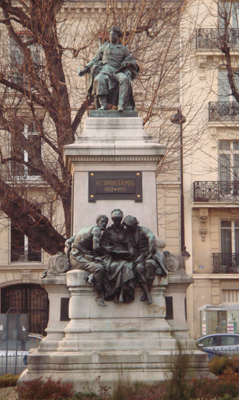
The statue of Alexandre Dumas
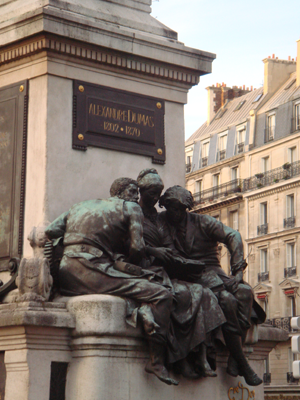
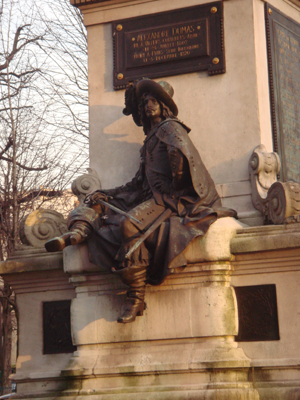
The loyal readers and the famous D'Artagnan
Alexandre Dumas (1802-1870) wrote over 300 works (novels, plays, short stories), including Les Trois Mousquetaires and Le Comte de Monte-Cristo. The son of a general under Napoleon’s rule, Dumas started out as a notary clerk -- he even gained a position with Duc d’Orleans (later king Louis Philippe) – until he wrote his breakthrough play Henri III et Sa Cour (1829), which was a great success at La Comedie Française. He wrote many more plays, often rewriting his novels into popular plays, and performing them in his own theater, le Thèâtre Historique.
Dumas’ forte, however, were not his plays but his historical novels. Les Trois Mousquetaires series, the Valois trilogy (comprised of La Reine Margot, La Dame de Monsoreau, and Les Quarante-Cinq), Le Comte de Monte-Cristo, and numerous others were the ultra-successful feuilletons (serial novels) that propelled him to stardom.
Despite his success, and because Dumas lived as adventurously as his characters—numerous mistresses, his own château (appropriately named Monte-Cristo), his travels to the Caucas and Alger, careless spending—Dumas died in debt in 1870, leaving the world his heroes, villains and stories that became legends.
As he himself said, “Il y a une chose que je ne sais pas faire : c'est un livre ou un drame sur des localités que je n'ai pas vues." He lived in TWENTY different apartments in Paris, not counting his château (located just outside of the city). I spent my day, visiting the places to see where the great works (and my favorite books) were written.
- 1 place des Italiens (4ème étage) (right across from L’Opéra Comique). Here is where Dumas lived when he was still just a secretary. The plaque states that this was where his son, Alexandre Dumas-fils, was born in 1824.
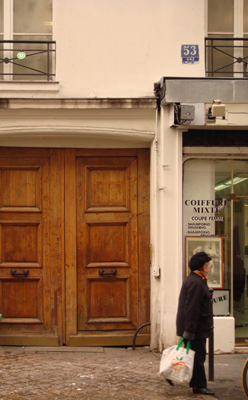
- 53 rue Faubourg-St. Denis is where Dumas lived when he wrote his first successful play, Henri III et Sa Cour.
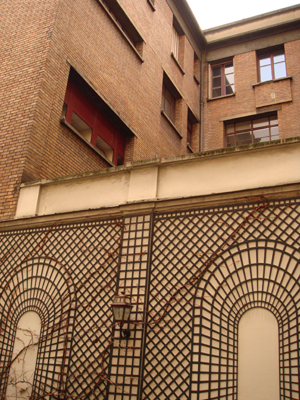
- He moved to 40 Rue St. Lazare, where he organized a masquerade in 1833.
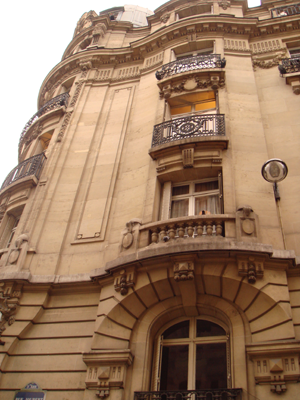
- On 10 rue Joubert, Dumas wrote his possibly most famous works—The Three Musketeers and The Count of Monte-Cristo—in 1844. (In 1845, while living in his newly built château, Dumas wrote 13 works, including the famous Valois series, the last two books of the Musketeer cycle, and many others.)
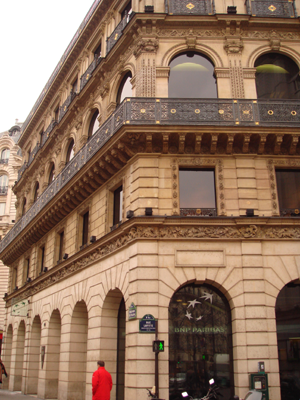
- In the end of 1853, after having escaped his creditors, Dumas returned to Paris from Brussels, and bought an apartment in La Maison D’Or, where he also installed the publishing of his weekly magazine, Le Mousquetaire.

- His theater, known at the time as le Théâtre Historique, still exists today. It was bought by Dumas in 1847 to accommodate an audience of 2000 spectators.
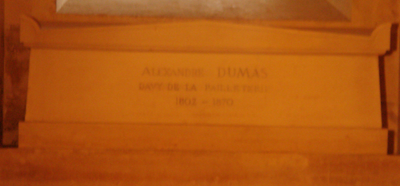
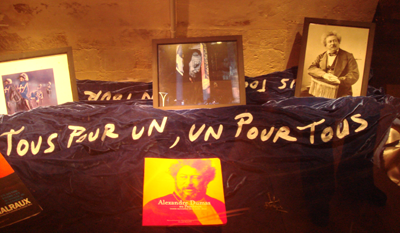
- He is now buried in the Panthéon, sharing the room with his contemporaries Victor Hugo and Emile Zola. His ashes were relocated there in 2002, to celebrate his bicentennial birthday.
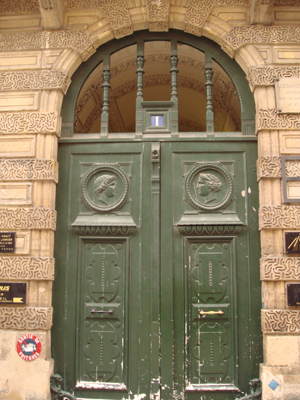
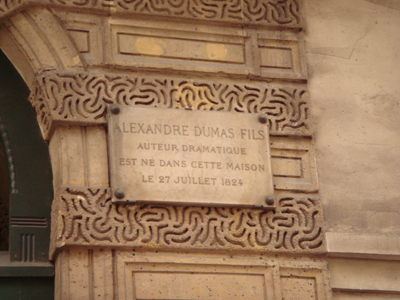
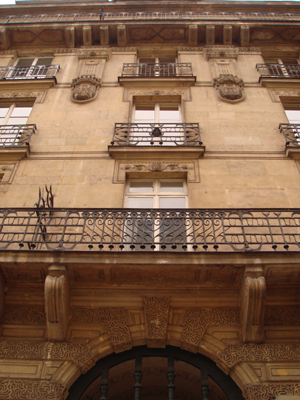
— Anya
Related links:
le 16 janvier
Sur les traces d'Honoré de Balzac
Sur les traces du Marquis de Sade
Sur les traces d'Henri de Toulouse-Lautrec








